How to Plan and Design a Garden Layout That Works for You
Before going outside and getting right into setting up your garden soil, it’s best to spend a little time planning the garden layout. After all, a good plan can help in making everything come together smoothly, and it even saves you problems in the future.
A good layout doesn’t just make your garden look nice; it also makes it easier for you to take care of and grow your plants. It doesn’t matter whether you’re looking for a colorful spot to relax or a garden full of vegetables, a good plan can make a big difference.
This post may contain affiliate links, which helps keep this content free. Please read our disclosure for more info.
Understand Your Space
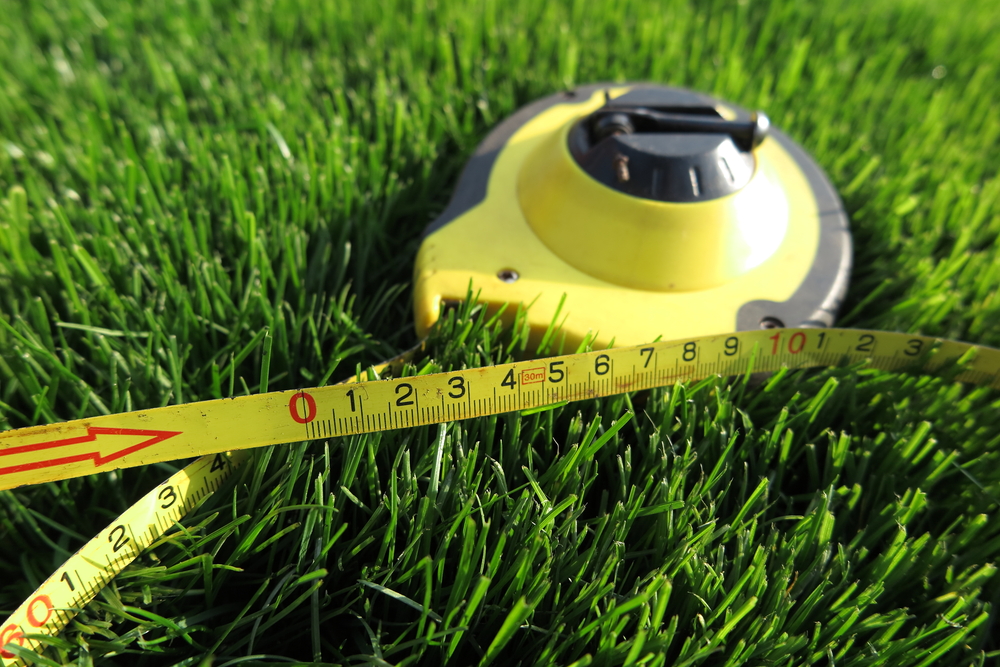
Start by getting your tape measure out and figuring out how much space you can work with. Knowing the dimensions of your garden allows you to sketch out ideas of what to plant and how you can space them out. Bring your notes when heading to the plant store.
There are other things you’ll want to measure as well.
- Track where the sunlight hits during the day
- Look for shaded spots caused by trees, fences, or buildings
- Check the soil texture and drainage
- Pay attention to your local weather patterns and how the seasons affect your yard
It might not seem like it, but knowing about the space you’re going to work on will pay off. It helps you make better decisions in the future.
Define Your Garden’s Purpose

Think about how you want to use your garden. Are you dreaming of rows of tomatoes and herbs, or are you more interested in a place to kick back and unwind? Maybe you’re working with a small yard and want a bit of everything. Knowing your priorities will help you make the most of your space.
A garden set up for entertaining will look very different from one that’s built for growing food or giving kids room to play. It’s all about matching your layout to how you plan to use it. Once you’ve nailed down your main goal, you can work in the other pieces as space allows.
Choose a Garden Style

There’s no such thing as a general garden style. Some people like a neat and tidy garden, while others like their plants spilling over the edges. These few tips can help you choose a garden style that suits you.
- Colors and textures that match your personal style
- The look and feel of your house and neighborhood
- Elements you might want to include, like pathways, seating, or a small fountain
In the end, it’s all about your preference and the space you can work in. Your own taste and what’s already around you should help guide your decision.
Create a Garden Plan
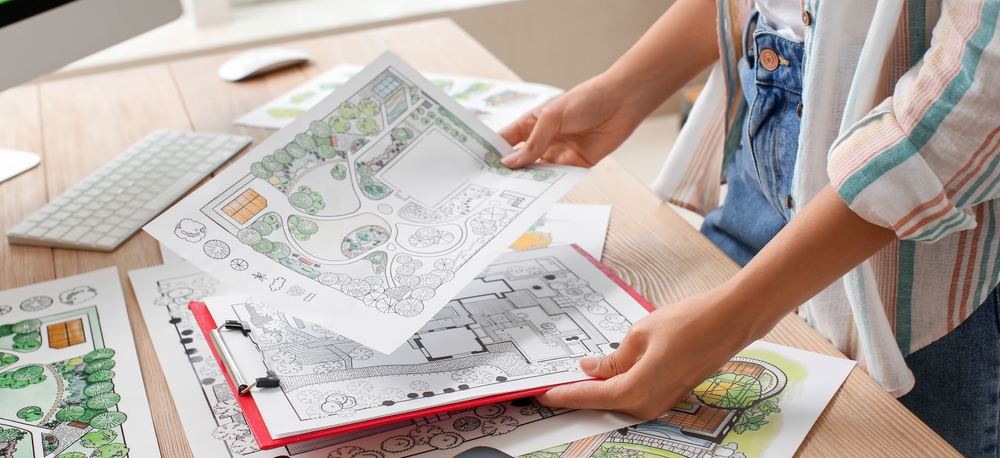
Once you’ve got an idea of what you want, it’s time to put it on paper. Draw a simple layout showing where your garden beds, paths, and main features will go. This doesn’t need to be fancy, just enough to give you a basic guide before planting.
Think about how tall your plants will get and how they’ll look together. Group taller ones in the back and mix colors and textures to keep things interesting. If you’re adding things like a shed or pergola, make sure there’s enough space around them. And don’t forget to leave room for walking paths and places to sit and enjoy the view.
Choose the Right Plants for Your Garden
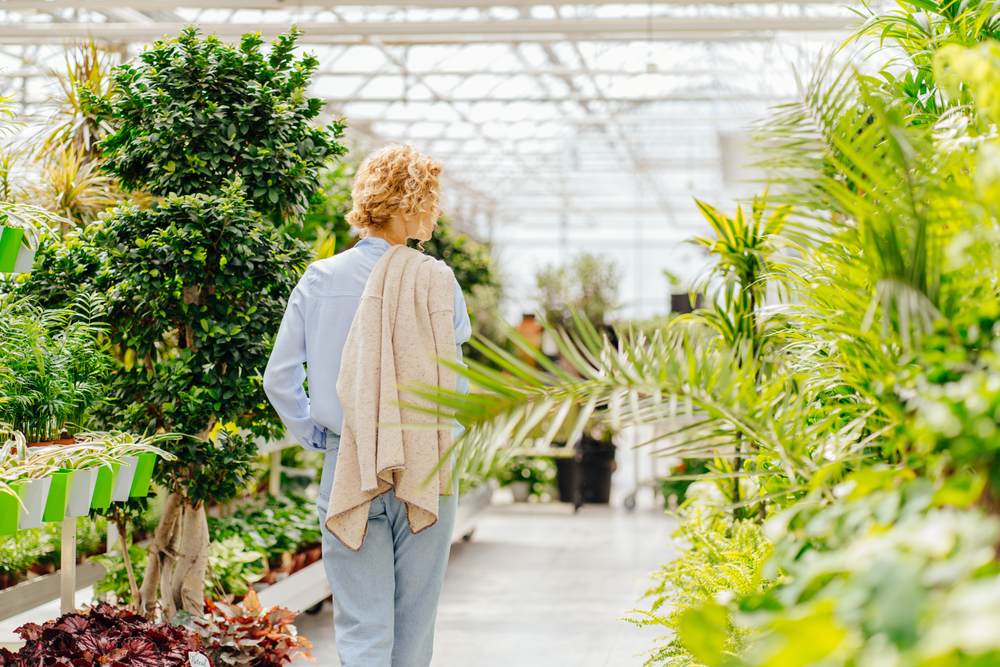
Plants all have different needs, so it’s good to pay attention to how much sun and water they like, what kind of soil they prefer, and how big they’ll get. Choosing the right plants for your space can make gardening a lot easier.
Keep these things in mind when picking plants.
- Match the plant needs to the conditions in your yard
- Stick to varieties that do well in your climate
- Decide if you want perennials, annuals, or a mix of both
Don’t just go to the plant store and pick any plant you want. Choosing the perfect one for your situation will make it easier for you to take care of your garden in the future.
Implement Effective Irrigation and Drainage Systems
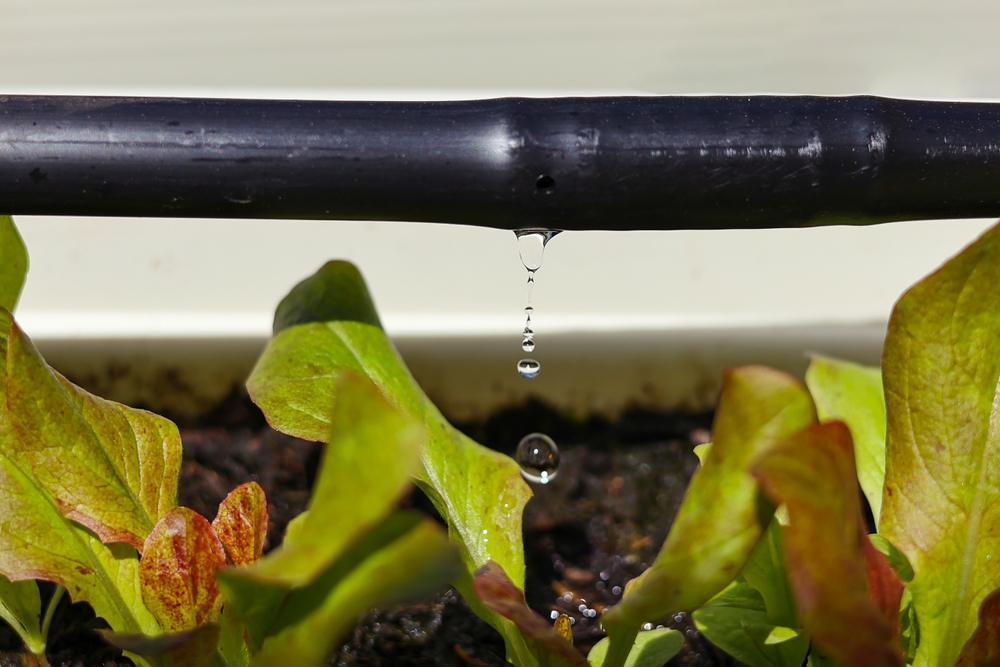
Watering is one of the most important parts of gardening, so it’s a good idea to think ahead. A hose might work just fine in a small space, but larger gardens can benefit from a basic setup like drip lines or soaker hoses. These help get water where it’s needed without wasting too much.
Drainage is just as important. If water tends to pool in certain areas, you’ll need to find a way to move it along. Adding gravel under pathways, planting in raised beds, or sloping your garden slightly can help prevent soaked soil and overwatered plants
Add Decorative and Functional Elements
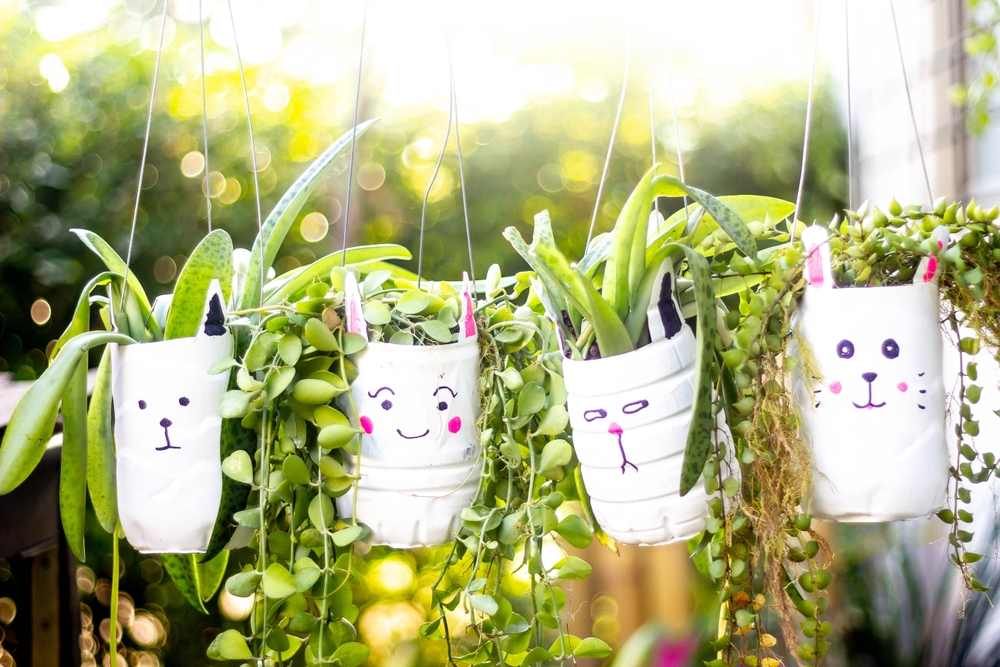
A few simple features can really pull your garden together. Things like benches, a small fountain, or a trellis for climbing plants can turn a plain yard into a cozy space you actually want to spend time in.
If you’re short on room, think vertically. Hanging planters or wall-mounted shelves for pots can make a big impact without using up ground space. Even a few decorative stones or a nice garden statue can bring a little charm without being too much.
Plan for Maintenance and Growth
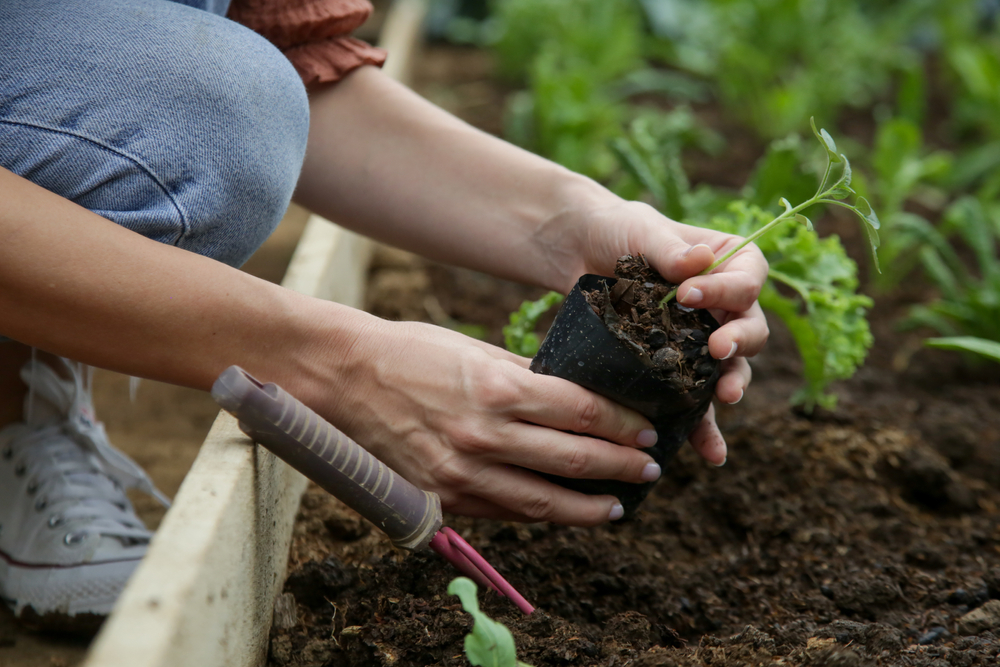
It’s easy to get excited and plant too much at once. Leave yourself some space to grow into.
- Pick plants that don’t require constant care
- Leave room for walking paths and future planting
- Think about how your garden will look one or two years from now
By planning for maintenance and growth, you won’t have to rip everything out in a year when your plants get bigger or your needs change.
Budgeting for Your Garden Design

Gardens can get pricey fast if you’re not careful, so it helps to have a rough budget before you start. Think about how much you’re willing to spend on plants, tools, soil, and any extras like furniture or fencing.
- Start with a few main areas and expand over time
- Look for plant sales and grow from seed
- Ask neighbors or friends for cuttings
- Take on small DIY projects when possible
Planning a garden takes a little time, but it’s worth the effort. Once you know your space, how you’ll use it, and what you want it to look like, the rest starts to fall into place.
There’s no one way to design a garden, and it doesn’t have to be perfect right away. Start with what you’ve got, make adjustments as you go, and enjoy watching your space change through the seasons. The best gardens grow with you.
This article originally appeared on Avocadu.
